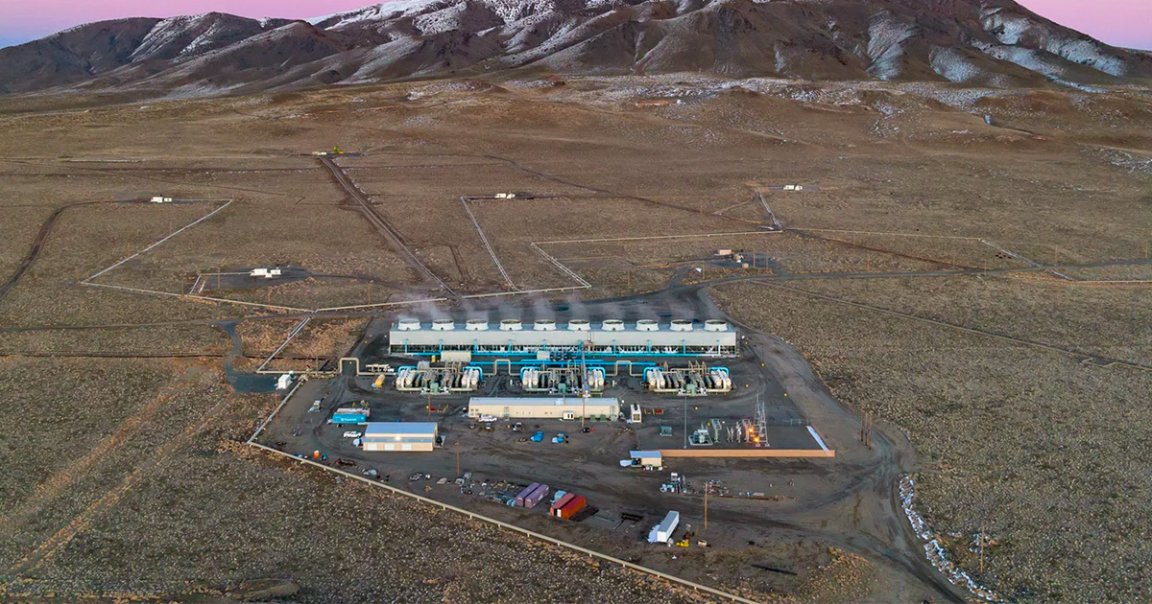
Up and Running
Google has officially fired up an advanced, first-of-its-kind geothermal project in Nevada, providing carbon-free power to its massive data centers nearby.
The plant, made in partnership with the energy firm Fervo, is part of Google’s grand plan to operate entirely on carbon-free energy by 2030.
While this plant is set to provide only a modest 3.5 megawatts of energy, the true splash is the experimental techniques it uses to harness geothermal power — which, if borne out here, could be used more widely to provide climate-friendly energy across the globe.
“I think it will be big and it will continue to vault geothermal into a lot more prominence than it has been,” Fervo CEO Tim Latimer told The Associated Press.
Heat Seeker
Typically, building a geothermal plant requires finding the perfect, naturally occurring reservoir where the ground is highly fractured and easier to drill, allowing pipes to access the Earth’s toasty interior below. But such locations are rare and difficult to detect, and there’s no guarantee that after the drilling is done, the heat it tries to tap into will be enough — an expensive risk.
Borrowing from the oil and gas industry’s innovations in fracking — which may sound like a red flag — Fervo not only drills vertically, but after reaching deep enough, horizontally, and then flushes the rock with highly pressurized fluids to fracture it even more.
Pipes are then laid in place, and water is pumped underground, heated through the long horizontal channel, before coming back to the surface to power a turbine that generates electricity. The system is closed loop, re-using the same water so that none is wasted.
Anyplace, Anytime
With this location now operational, its potential could be a revelation for renewable, carbon-free power, allowing geothermal plants to set up where it was once thought impossible.
“By applying drilling technology from the oil and gas industry, we have proven that we can produce 24/7 carbon-free energy resources in new geographies across the world,” Latimer said in a statement in July.
To give an idea of how limited geothermal is right now: even though the United States is the world leader in geothermal electricity generation, just six states, including Nevada, California, and Utah, have operational geothermal plants, according to the US Energy Information Administration.
Of course, the output of Google’s plant is small right now, and to meet its energy needs, the Silicon Valley monolith will also be relying on wind and solar energy — all industries that Google sees itself as a leader in backing.
“If you think about how much we advanced wind and solar and lithium ion storage, here we are — this is kind of the next set of stuff and we feel like companies have a huge role to play in advancing these technologies,” Michael Terrel, senior director of energy at Google, told The Verge.
More on renewables: Study Finds That Solar Power Is on Track to Dominate Electric Grids